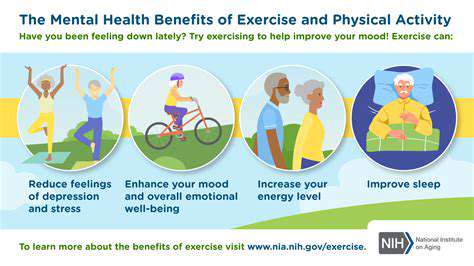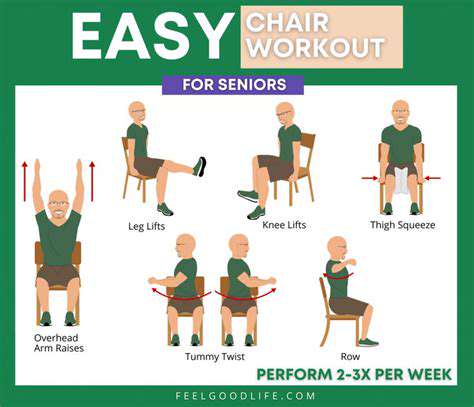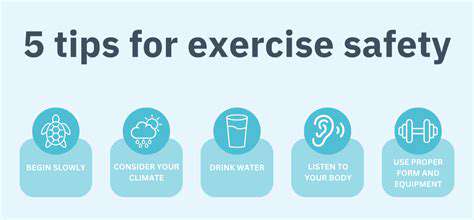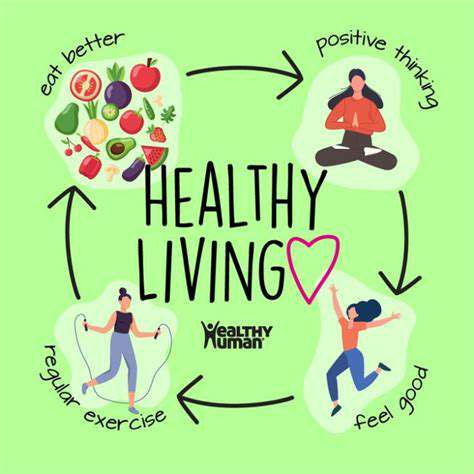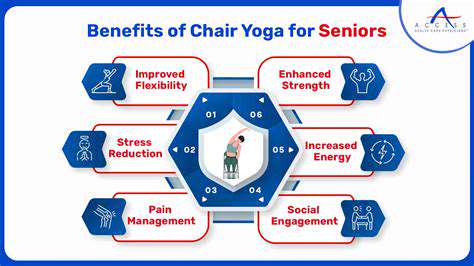Resources for Senior Balance and Fall Prevention
Community Resources and Support Networks
Finding Local Senior Centers
Senior centers are invaluable community resources, offering a wide range of programs and services specifically designed to support seniors. These centers often provide exercise classes tailored to older adults, promoting balance and strength. They frequently host educational workshops on fall prevention strategies, providing practical tips and guidance on maintaining a safe home environment. Many senior centers also offer social activities, combatting isolation and fostering a sense of community, which is crucial for overall well-being and reducing the risk of falls.
Locating your local senior center is often straightforward. You can check online directories, contact your local Area Agency on Aging, or simply ask for recommendations from friends and family. These centers are typically well-connected within their communities and are excellent resources for gaining access to further support networks.
Utilizing Support Groups for Seniors
Support groups provide a crucial platform for seniors to share experiences, coping mechanisms, and gain encouragement from peers facing similar challenges. These groups often focus on fall prevention, offering opportunities for open discussions about strategies for maintaining balance and mobility. Participants can share personal stories, ask questions, and learn from each other's experiences, fostering a supportive environment that promotes a proactive approach to fall prevention.
Support groups can be invaluable for seniors experiencing mobility issues or those who have recently fallen. The shared experiences and encouragement from others facing similar circumstances can significantly impact a senior's confidence and ability to implement fall prevention strategies effectively. These groups can also connect seniors with valuable resources and professionals in the community.
Accessing Physical Therapists and Occupational Therapists
Physical therapists (PTs) and occupational therapists (OTs) are highly skilled professionals who can provide personalized assessments and interventions for seniors at risk of falls. PTs can design exercise programs tailored to address specific balance issues, while OTs can assess home environments for potential hazards and recommend modifications to promote safety and independence. Both play a vital role in fall prevention, working closely with seniors to enhance their physical function and create safer living spaces.
Exploring Online Resources and Educational Materials
The internet offers a wealth of information and resources specifically designed for seniors and their caregivers. Many websites provide valuable educational materials on fall prevention, offering practical tips on maintaining balance, identifying home hazards, and understanding the importance of regular exercise. These resources can be particularly beneficial for seniors seeking self-directed learning and support in their own homes. Online forums and communities dedicated to seniors can offer additional avenues for accessing information and connecting with others.
Connecting with Community-Based Fall Prevention Programs
Many communities offer organized programs dedicated to fall prevention, often in partnership with local healthcare providers. These programs typically include exercise classes, educational workshops, and home safety assessments. They provide a structured approach to fall prevention, offering a valuable opportunity to learn from experts and connect with peers in a supportive environment. Participating in these programs can offer seniors the guidance and support they need to implement lasting changes and reduce their risk of falls.



